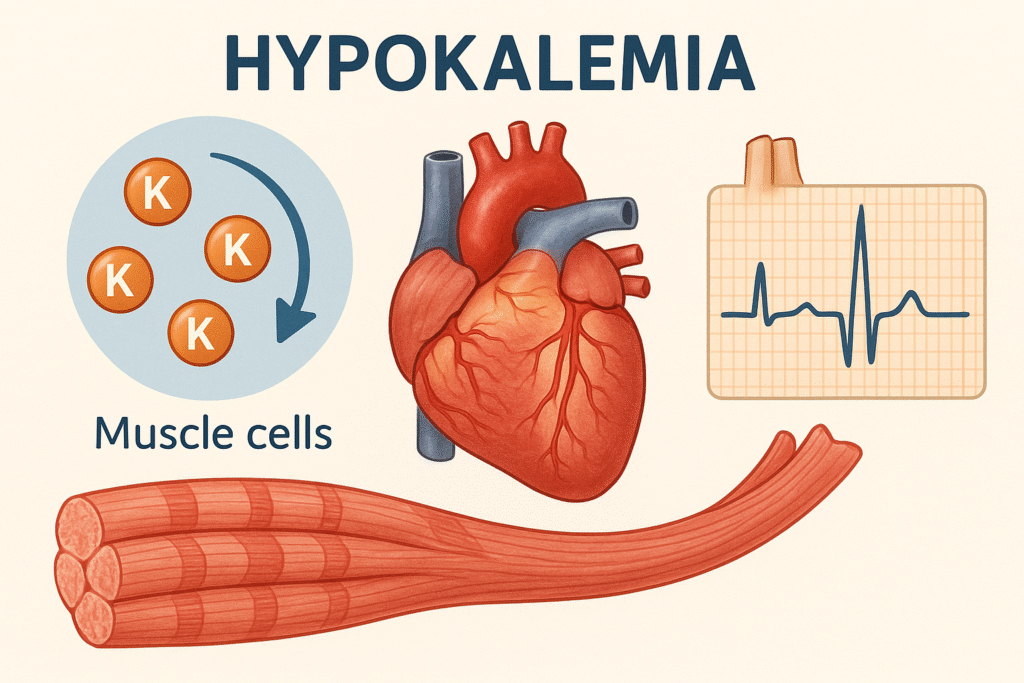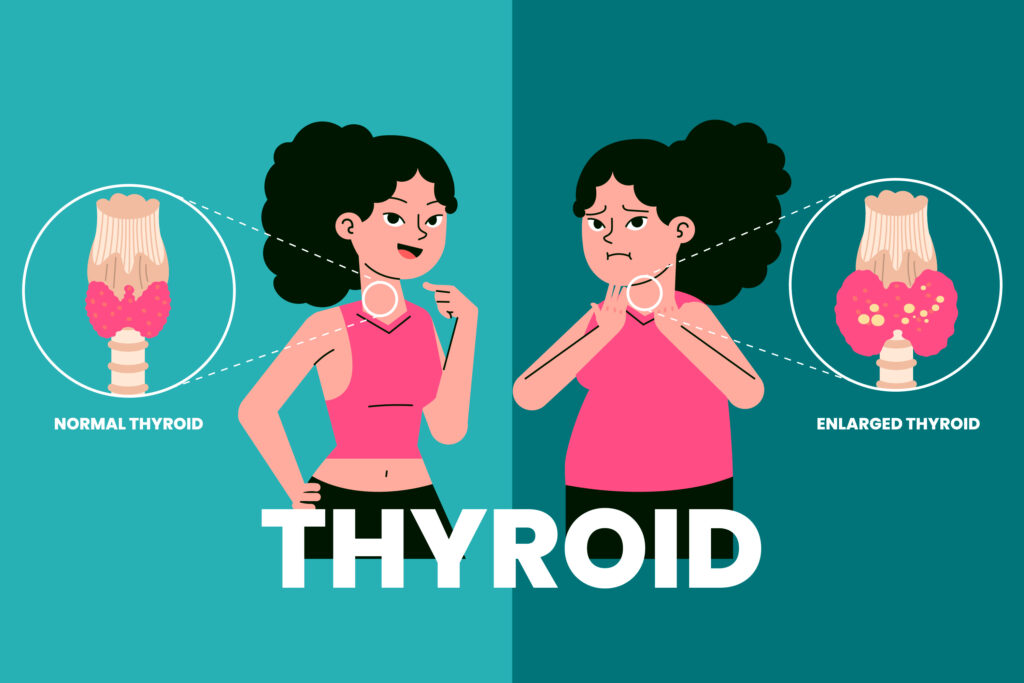Carbohydrates: A good energy source
What is Carbohydrates? Definition: They are aldehyde or ketone derivatives of polyhydroxy alcohols (means they contain many –OH groups along with aldehyde/ketone). Classification of Carbohydrates Quick Tip- MONOSACCHARIDES- Classification of Monosaccharides Ketose names are made by adding -ul before “-ose” (e.g. erythrose → erythulose). Type No. of Carbons Examples (Aldoses) Examples (Ketoses) Trioses 3 Glyceraldehyde […]
Carbohydrates: A good energy source Read More »


